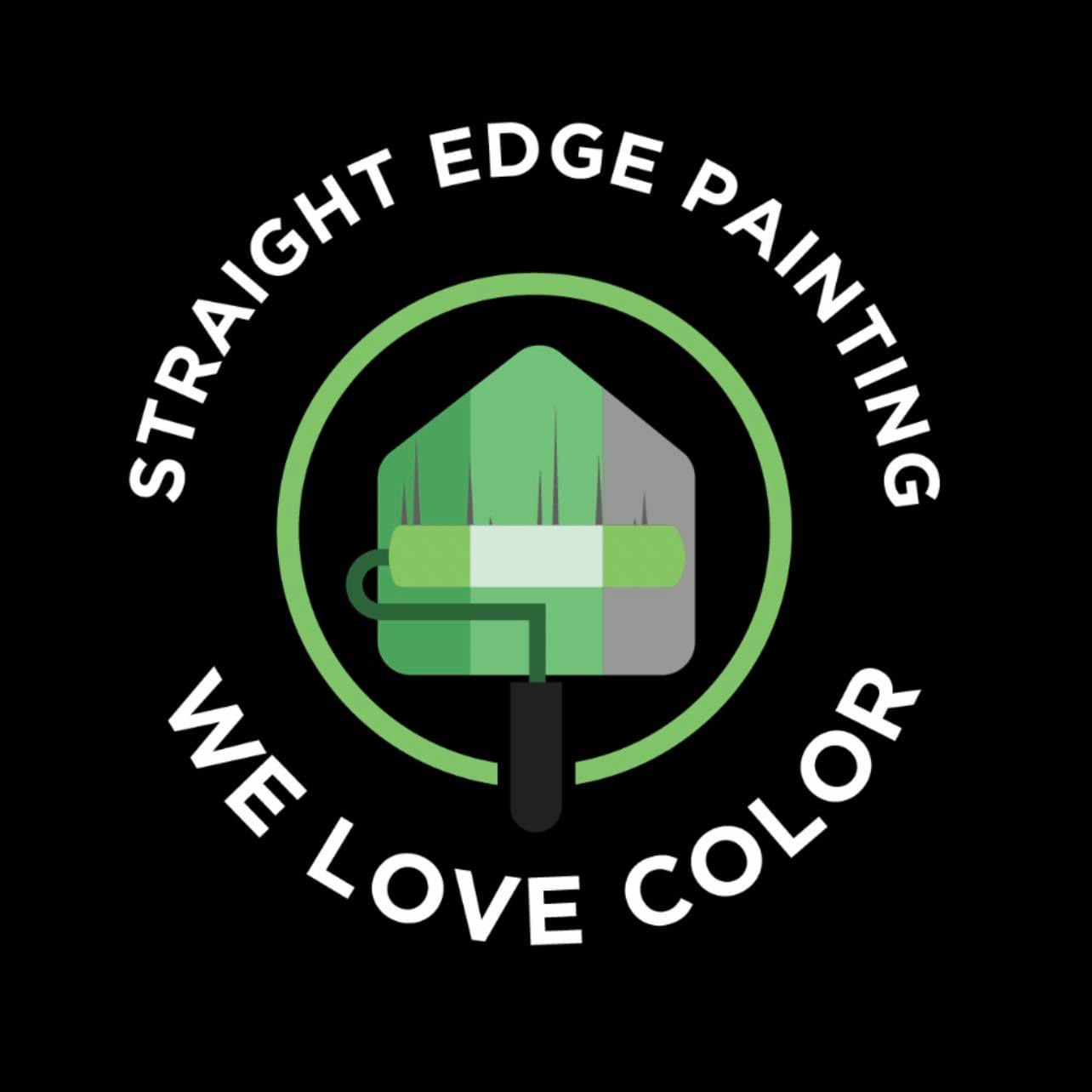Why Color Matters: The Psychological Effects of Interior Paint Colors
- straightedgenv

- Jan 7, 2024
- 4 min read
The colors that surround us play a significant role in shaping our emotions, mood, and overall well-being. When it comes to painting interior spaces, understanding the psychological effects of different colors is crucial to creating a harmonious and pleasant living environment. Whether you're updating the walls of your home or designing a commercial space, taking the time to consider how color influences human emotions can make a world of difference in the space's atmosphere and user experience.
In this guide, we’ll tackle color psychology, discussing the effects various hues can have on our moods, perceptions, and behaviors within interior spaces. Learn how color can evoke feelings of warmth, relaxation, or stimulation, and gather expert advice on selecting the ideal paint colors for different rooms and intended purposes. With the help of Straight Edge Painting Inc., you can make informed decisions about paint colors for your home or commercial property, harnessing the power of color to create spaces that foster a sense of balance, well-being, and positive energy. So, let’s begin!
1. The Color Wheel and Color Relationships: Understanding Basic Color Theory
Before diving into the psychological effects of colors, it's essential to grasp the basic color theory principles. The color wheel, a fundamental tool in understanding color relationships, consists of three primary colors (red, blue, and yellow), three secondary colors (orange, green, and violet), and six tertiary colors resulting from mixing a primary and a neighboring secondary color. These colors relate to each other in numerous ways, including:
- Complementary Colors: Colors located opposite each other on the color wheel, such as blue and orange or red and green. These combinations create a vibrant, high-contrast effect.
- Analogous Colors: Colors situated adjacent to one another on the color wheel, such as yellow, yellow-orange, and orange. These combinations create a harmonious, low-contrast effect.
Understanding these relationships can help inform color choices in your interior paint projects, creating visually appealing and balanced spaces.
2. Warm and Cool Colors: Setting the Mood with Temperature
Colors are often grouped into "warm" and "cool" categories, with each group influencing the atmosphere and mood within an interior space.
- Warm Colors (red, orange, and yellow) evoke feelings of warmth, comfort, and energy. These colors can make a room feel more inviting and lively, which may be ideal for social spaces like living rooms or kitchens.
- Cool Colors (blue, green, and violet) create a calming, soothing, and peaceful ambiance. These hues can provide a sense of tranquility and focus, making them well-suited for bedrooms, bathrooms, or home offices.
Balancing warm and cool colors within a space can create a comfortable and harmonious atmosphere.
3. The Psychological Effects of Individual Colors
Different colors can trigger various emotions and psychological responses. Here is an overview of some common hues and their associated effects:
- Red: Red promotes energy, excitement, and passion. It can be an ideal choice for an accent wall to create a focal point or stimulate conversation in social rooms. However, red should be used judiciously, as too much can evoke aggression or restlessness.
- Blue: Blue evokes feelings of calmness, relaxation, and focus, making it a popular choice for bedrooms and bathrooms. Light blue shades can create a serene ambiance while bolder blues inspire productivity and concentration.
- Green: Offering a sense of balance and harmony, green can help alleviate stress and promote overall well-being. The versatility of green shades makes it suitable for virtually any room, from kitchens to living spaces to bedrooms.
- Yellow: Yellow brings warmth, brightness, and happiness, making it a cheerful choice for kitchens, breakfast nooks, and other areas meant to uplift and energize. However, avoid overusing yellow as it can lead to feelings of frustration or agitation.
- White: White conveys a sense of purity, cleanliness, and simplicity. It's a classic choice for creating an open, airy feel and can serve as a neutral starting point for interior design.
- Black: Black adds sophistication, depth, and drama to a space. While often used sparingly as an accent color, black can create a striking focal point or ground other bold hues in a room.
4. The Art of Color Combining: Achieving Balance and Harmony
Skillfully combining colors within an interior space can create a cohesive, visually pleasing atmosphere that promotes balance and harmony. Here are some tips for achieving color harmony:
- Develop a Color Scheme: Choose a primary color and use accent colors to complement or contrast it, based on the principles of color theory as outlined earlier. This can incorporate complementary combinations, analogous schemes, or a mix of warm and cool colors to achieve the desired atmosphere.
- Consider Room Function: Choose colors that align with the room’s intended purpose – energizing hues for social spaces, for example, and soothing tones for relaxation areas.
- Use the 60-30-10 Rule: To create balance, use the 60-30-10 rule – 60% of the room should be a dominant color, 30% a secondary color, and 10% an accent color.
Enlightened Color Choices with Straight Edge Painting Inc.
Understanding the psychological effects of color can guide you toward informed and purposeful interior paint color selections. By embracing the power of color psychology and implementing thoughtful color schemes, you can create spaces that promote harmony, well-being, and a sense of balance.
Let the experts at Straight Edge Painting Inc. assist you in harnessing the power of color to create stunning, mood-enhancing living environments. Contact us today, and let's embark on an interior painting journey of vibrant self-expression and elevated well-being through the transformative language of color.






Comments